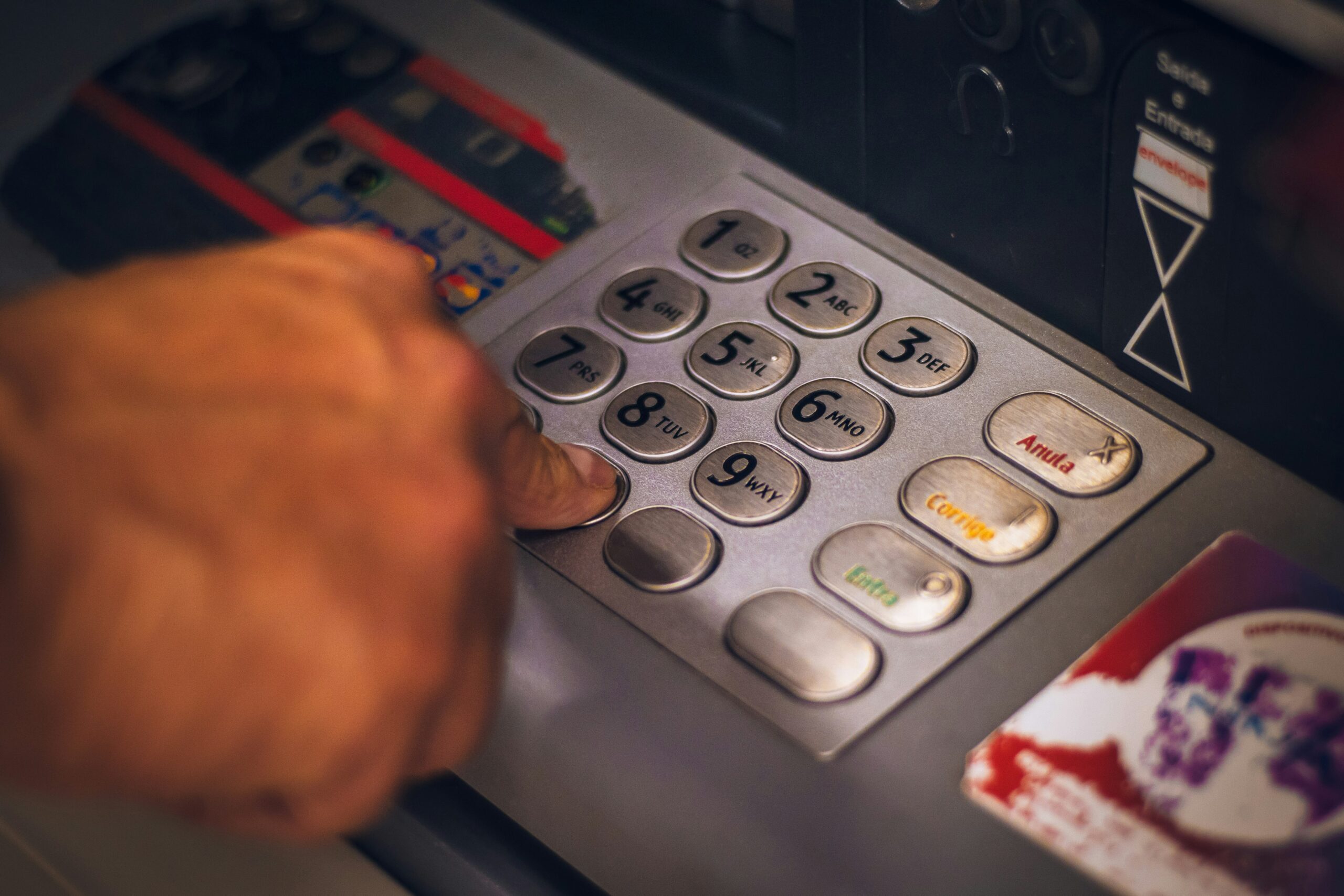 Even the ultra-rich are getting choosier about where they park their money...
Even the ultra-rich are getting choosier about where they park their money...
Last year, the art market saw its sharpest non-pandemic-related drop in more than a decade. According to the latest 2024 report from UBS and Art Basel, global art sales tumbled 12% year over year.
Auction houses reported fewer big-ticket items and slower sales across the board. And it's not because the wealthy have less cash.
It's because the appeal of owning art has changed... for the worse.
In a world of near-zero interest rates, you could justify holding art as a scarce, appreciating asset. But the investing landscape is different now.
And art just isn't seen as a great investment anymore...
 Investors are getting paid to be patient again...
Investors are getting paid to be patient again...
Ultra-low interest rates turned everything into a potential investment for more than a decade.
Art, collectibles, and even "meme stocks" found justification in scarcity and hype. With Treasurys yielding next to nothing and savings accounts paying 0.01%, investors were forced to look elsewhere for returns.
But now, the tide has turned. The Federal Reserve is still holding the line on inflation. Interest rates are still high.
U.S. 10-year Treasurys yield around 4%. Many high-yield savings accounts and CDs offer even more. The minimum return needed to justify a riskier investment – also called the "hurdle rate" – is rising.
That's bad news for assets like art. It doesn't produce cash, pay dividends, or compound the way that a business can.
 This isn't a knock on artistic value...
This isn't a knock on artistic value...
The market for fine art is still alive. Some pieces will always command a premium.
But from an investment standpoint, it's a dead end versus assets that throw off income and reinvest profits over time.
Meanwhile, "productive" capital is roaring back. By that, we mean investments that can generate cash.
Bonds are a simple example... They pay you interest for lending money to a company. Investors bought a record $600 billion-plus in bonds last year.
ETFs saw inflows of more than $1.1 trillion in 2024. They'd never before surpassed $900 billion. Stocks that pay dividends are doing well, too.
But even stocks that don't pay dividends are considered productive.
Assuming you buy the stock of a profitable company, that company is generating cash. It can use that cash to invest in its business, grow, and become more profitable in the future. That's what drives the stock price to rise.
Compare that with art or a lump of gold, which only rise because there's more demand.
 Right now, we're in a great period for productive assets...
Right now, we're in a great period for productive assets...
After a brief pullback in 2023, earnings for U.S. companies finally grew again last year... up 9%. They're expected to grow another 8% in 2025.
Art's declining popularity is part of a much bigger shift. Speculative assets aren't vanishing. But they make less sense than they used to. When investors can earn 4% or more with virtually no risk, they don't need to bet on price appreciation alone.
That's especially true when stocks and bonds offer even higher returns... with the guarantee of getting some cash back.
These assets align with the healthiest part of a bull market. The companies that earn the most money have the best-performing stocks.
And that's where long-term investors should be looking.
Regards,
Joel Litman
May 19, 2025



 Even the ultra-rich are getting choosier about where they park their money...
Even the ultra-rich are getting choosier about where they park their money...

